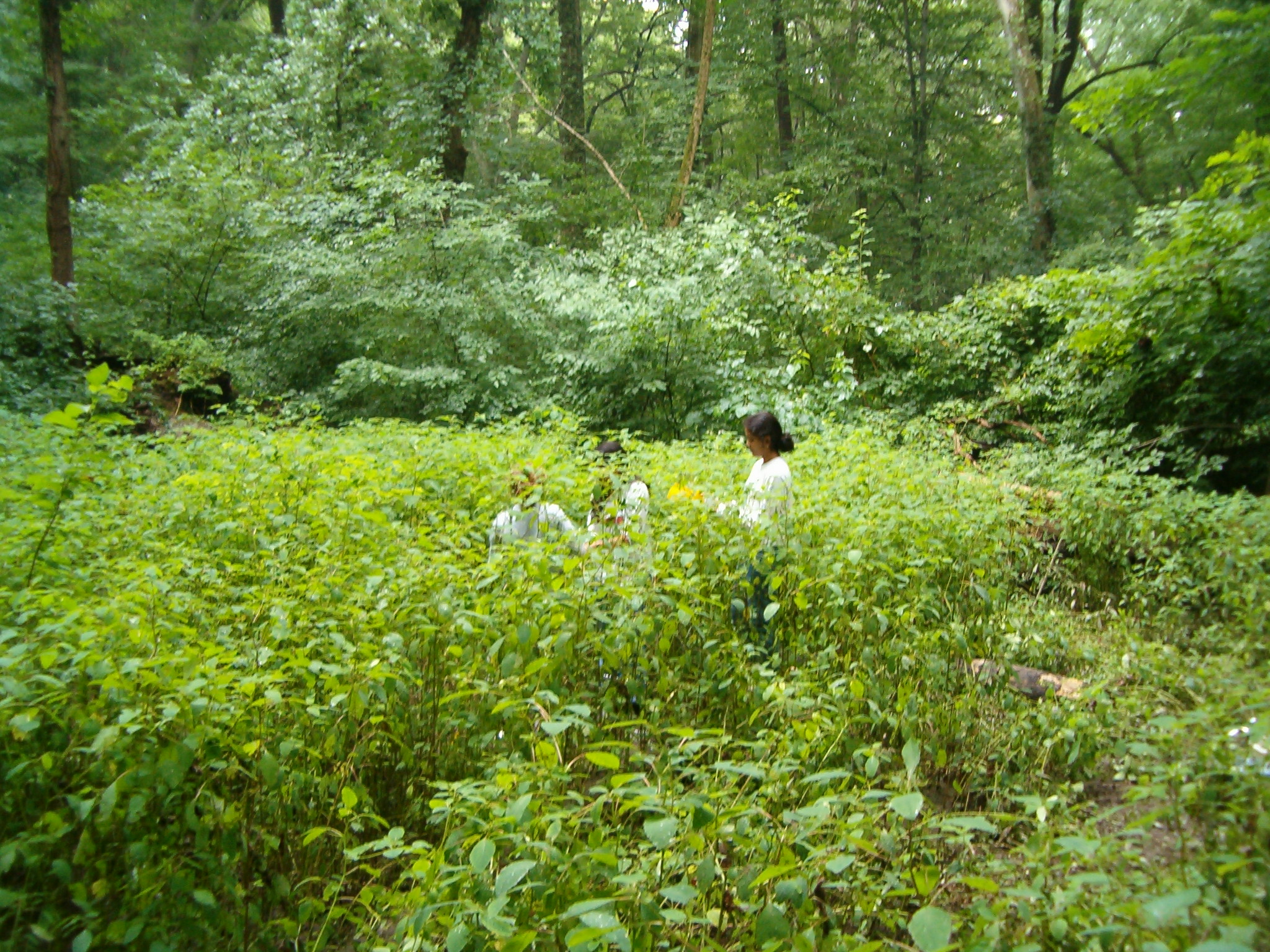
RESULTS
Homepage | Research Introduction | Methods | Troubleshooting | Contact Us | References
After counting the protozoa under a 40x magnification level in 5 fields of view per trial in every degree before and after the experiment, you must use the equation below to find the average number of protozoa per gram of soil.
[(# per field of view at 40X) • (total ml of water used) • 747] ¸ (grams of sifted soil ) = # of protozoa per gram of soil
Then average the 5 fields of view per site for each degree in the before and after to see a relationship.
To look at the relationship between the different protozoa levels at different depths of soil you must average all sites for a given degree. You can then compare protozoa levels at each degree at 0-10 cm to that degree at 10-20 cm.
It is important to t test the negative control to ensure there is not a significant difference and that other environmental factors did not affect it. If the difference is significant it would be appropriate to use the corrective difference to all of the trials to balance whatever is affecting the data. It may be necessary to do student t testing on the other data after corrective differences to ensure the differences are no longer significant or due to other environmental factors.
Some possible results you might expect is a progressive increase in protozoa populations as the degree of radiation allowed through decreasing. The highest population you might find is under the black hefty bag.
Another possible result is the protozoa levels were unchanged by the degree of radiation allowed through or were consistently affected for all the degrees and the specific degrees made no difference.
You might even find the protozoa thrived under the clear plastic with all radiation allowed through in the negative control.
When examining the relationship in protozoa levels at different depths of the soil you might expect the number of protozoa in the 10-20 cm depth to increase as more radiation is allowed through. When less radiation is allowed through you might find the protozoa levels higher closer to the surface.
You might also find on the 0-10 cm depth the protozoa levels were low for every degree but higher for the 10-20 cm depth. One might even find there were absolutely no protozoa in the 10-20 cm depth.
You may even find there is absolutely no significant difference in protozoa levels before or after the experiment.
 |
For a collection of sample data and analysis Click here |